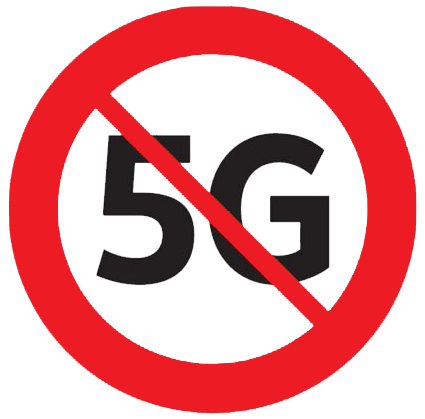When I first wrote about cell phone radiation in 2010, I met a Neuroscientist named Allan Frey who had spent decades in the field of bioelectromagnetics, which is the study of the effects of EMFs on living organisms. Working at General Electric’s Advanced Electronics Center at Cornell University in the 1960s, Frey devised an experiment whereby frogs would be exposed to certain microwave frequencies. His findings were surprising. The radiation, he discovered, could trigger heart arrhythmias, and with a slight change in the frequencies, he could stop the frogs’ hearts from beating altogether.The prevailing wisdom had previously held that only the ionizing frequencies in the electromagnetic spectrum (x-rays, gamma rays, and the like) could disrupt living cells and produce an adverse biological effect. According to this orthodoxy, the only way frequencies below the ionizing part of the spectrum could alter living organisms is with what’s called a thermal effect, when the radiation is directed at very high power to heat up tissue, as in a microwave oven.
Frey’s study looked at non-thermal effects from low-power microwave frequencies—the levels similar, as it happens, to those by which our smartphones operate today. Among his most significant discoveries was that such frequencies can indeed be made dangerous using what is known as modulation. In simple terms, modulation occurs when a signal is embedded with another signal that carries information, such as the sounds, pictures, and movies on your phone. This second signal modulates the “carrier” signal.
In a study published in 1975 in the Annals of the New York Academy of Sciences—a study famous in the field of bioelectromagnetics—Frey reported that low-power microwave frequencies at certain modulations could induce “leakage” in the barrier between the circulatory system and the brain in rats. Breaching the blood-brain barrier is a serious matter, exposing the brain to toxins, viruses, and bacteria.
